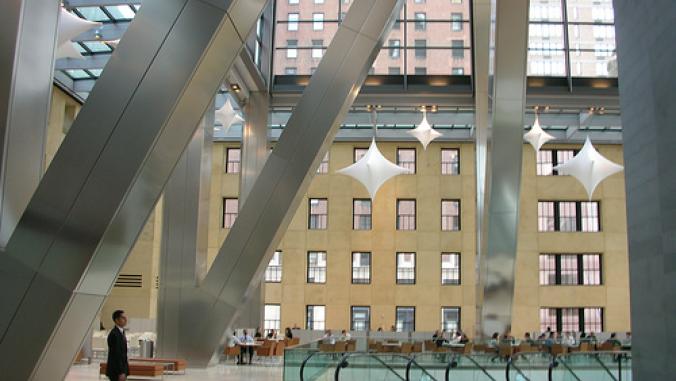The New York Times Building Achieves 70 Percent Lighting Energy Savings
The New York Times is doing its part to save money with a novel light management system in its new 52 story tower. The energy-efficient system saves 70 percent more energy than the company's original benchmark.

In today's harsh business environment, cost-cutting measures are necessary for survival. Nowhere is this more true than in the struggling newspaper business. The New York Times is doing its part to save money with a novel light management system in its new 52 story tower. The energy-efficient system saves 70 percent more energy than the company's original benchmark.
While the building was designed to use 1.28 watts of lighting power per square foot, Lutron's Quantum total light management system only uses 0.38 watts per square foot. Creating such impressive results isn't easy — Lutron uses a number of unique energy saving techniques, such as dimming lights when daylight is available, turning off lights when space is vacant, and setting target light levels for each space.
While the system required extensive planning, it is almost certainly worth it for the New York Times. The Lutron system will save the company $315,000 each year in addition to preventing the release of 1,250 metric tons of carbon annually. The system also includes software that displays real-time energy savings so that informed lighting decisions can be made.
Large companies should take note of the New York Times' achievement — lighting is generally responsible for more energy usage than any other building system. And since it's hard to rationalize not taking advantage of a system like the Quantum, I expect Lutron's system to pop up in many more businesses soon.





